City work in Placemaking?
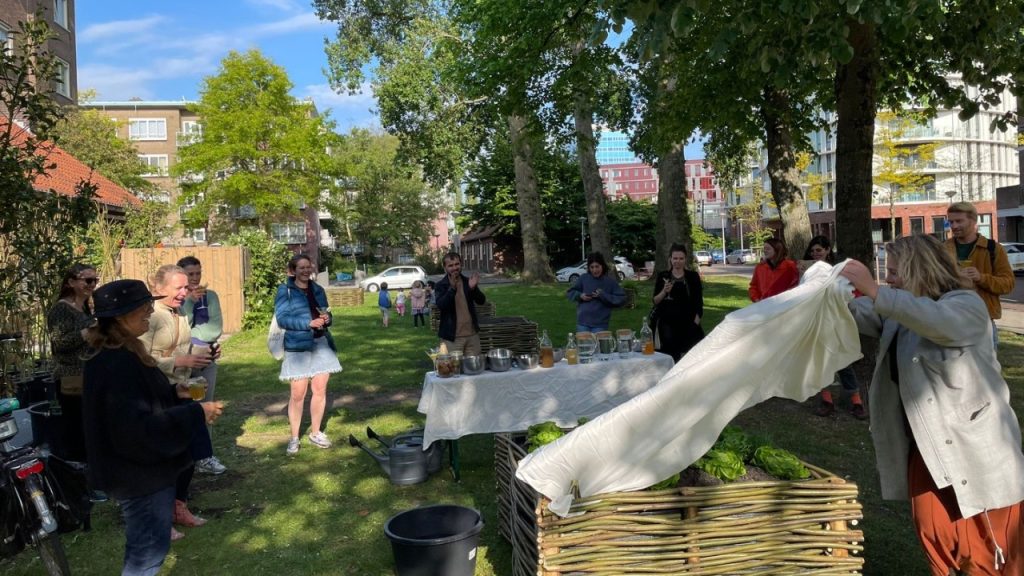
What Does it Take for a City to Work in a Placemaking Way?
This is article is based on a speech I gave for the Cities in Placemaking network of Placemaking Europe in Wroclaw, Poland in November 2023. Cities in Placemaking is a two year peer-to-peer network of 13 cities in Europe and five international organisations. The aim is to learn how to open up the entire municipal system for placemaking, working with local communities on turning spaces into places, social life, community building, quality of public space, better cities. In the two years, we develop a joint roadmap for systemic change.
The cities participating are: Bergen (Norway), Bradford (UK), Budapest 8th District Jözsefváros (Hungary), Cork (Ireland), The Hague (Netherlands), Helsingborg (Sweden), Helsinki (Finland), Rotterdam (Netherlands), Trenčín (Slovakia), Reggio Emilia (Italy), Vila Nova de Familicão (Portugal), Vinnytsia (Ukraine) and Wroclaw (Poland). Our international partners are: International Society for Urban Health (ISUH) , Creative Bureaucracy Festival , Intercultural Cities, Council of Europe and of course Placemaking Europe itself.
In Wroclaw, in November 2023, we took step 4 of 8 steps in total and discussed how to work across departments. In this speech, I dived into the culture and the skillsets that you need as a city to work in a placemaking way.

1. A SMALL STORY OF PLACEMAKING FAILURE
Let’s start with a small story of what happens if the city does not have the right skills – even though in the formal overall city strategic plan, it says it wants to co-develop and co-manage public space with residents. It is always nice to share successes, but maybe it is the failures where we actually learn the most.
In the Kolenkit neighbourhood in Amsterdam, with the community, we were growing the amount of community gardens in the inner court yards of housing corporations. It is neighbourhood with strong social structures, and a lot of lower income housing. We were working on the social, economic and physical regeneration for the City of Amsterdam, together with the local residents and the housing corporations owning the social housing blocks.
Growing the amount of community gardens was one of the elements of the program. One was there already when we started working in the neighbourhood, and it had a waiting list. Partially because of the social value of gardening together. But partially also because for a lot of people it was an affordable way to provide for food. So we felt the urgency to get from one to many more community gardens.
A lot of housing blocks have inner court yards that can be turned into community gardens. With the housing corporations, the residents and local placemaking initiative Cascoland, we managed to mobilize a lot of new active residents for each block. In a short time, on the inner court yards of the housing corporations, we manage to grow from 1 to 4 community gardens, and about 350 residents were activated to start working on a garden in their own environment.
Some people in the neighbourhood however did not live in a block with an inner court yard next to it, and wanted a community garden still, so they proposed for extra baskets in the public space of the city.
And this is when things got very, very slow.
The municipality was unable to respond to this request – the bureaucratic procedures took one year and three months, the community was disappointed, and the energy dissipated.
In the two years before, the city had just been centralizing their organization. Before, the district civil servant responsible would walk by and negotiate a bit on how the residents could shape their proposal in such a way that the initiative would easily go through the system. Now, the residents taking an initiative in public space had to fill out a 50 page (!) document, send it to a central city committee, wait for 9 months and then hear a ‘no’, without explanation of how it could be made possible.
With a lot of effort from the district organization and the people taking the initiative, we managed to get it through the system after a year and three months. But it led to a lot of frustration on the way, a huge breach of trust in the local government, and the residents would have not been able to get it through without internal help.
The big lesson here: when you reach out to the community, be prepared to follow up and respond quickly. And sometimes it may mean using ‘article 5’ (if I don’t see it, it doesn’t exist for the system and you can go ahead quickly while we guide it through afterwards) – shortening the time it takes to get approval or “asking for forgiveness, not for permission”. But of course, it is better if the system is decentralized enough, close to the local neighbourhood networks, be a genuine partner, thinking along and having the mandate and budget available. The key is to tap into the energy in the communities and be able to say yes very quickly.
Remember that ‘short term’ for cities in policymaking may be 1-3 years. For residents, that is a very long term. In placemaking, short term is not 1 year, but 3 weeks. Can you organize your city in such a way that first of all, you can be a partner, stand next to initiatives and guide them through the system; and second of all, have a well motivated answer within 3 weeks to 3 months?
You can write down in your strategic vision that you want to co-develop and co-manage public space with the residents. But if you don’t decentralize your organization enough, provide it with funding and mandate, and the culture not to wait for initiatives and answer them by the strict book, but be a partner, stand next to them, and actively help guide them through the system – you will still not co-develop and co-manage with your residents in practice.

2. IN THE MIDST OF CHAOS, WHAT IS OUR COMPASS?
Short term, long term, different time scales – it lies at the core of the profession of urban development. Cities evolve and change their character and quality over time. But if you look more closely, each structure within a neighbourhood has a different life and time cycle. The elements that evolve in a shorter time scheme are functions of the buildings, users, design styles of public space – they may change every few years. What remains much longer over time are the buildings (decades) and the urban grid and the public spaces dictated by the urban structures (centuries).
And now, we are adding a new dimension: the timeframe of community initiatives – even shorter term. Our intriguing new part of the profession is to bring all of these together in a productive way, top-down long term with bottom-up short term.
In order to increase our reaction time towards short term initiatives, it helps to have a set of core values that guide you on what is important for the long term.
Lesson: Our focus should be on long-term quality values; they will help us guide through the many smaller initiatives and keep our compass on what the necessary transitions are we need our cities and neighbourhoods to go through, such as climate adaptation. Public spaces are one of the most long-lasting elements of urban life – so we need to recognise that they have a very significant long-term impact. Once we create them, they will be there for decades, but if they are developed with the right purposes in mind, they can also add longterm quality to the area. And yet, to get through these larger scale and very complex transitions, we need to have the communities on board, with their bottom-up energy. In order to combine this, we need to think long term and act short term.

3. INTEGRAL WORKING
We need to recognise that in today’s complex urban environments, every decision has a multi-faceted impact and should be made across departments. Take for instance urban health: we see that the people making the decisions that affect our health don’t come from the health department – very often they come from the built environment departments as the physical realm affects the health of people.
Our cities face many transitions with large complexity: the mobility, climate and the energy transition – they all require an integral and networked approach.
Lesson: We should recognise the multiple impacts of our decisions and work collaboratively towards common goals. And to ensure that goals are based on real needs and respond to current challenges, we need to tap into the wisdom of local communities and shape goals based on collective knowledge and efforts.

4. CHANGING CONTEXT – FROM COMPLICATED TO COMPLEX
There is a deeper shift behind this: from greenfield development, which is linear, rational, predictable and can be top-down; to transforming already existing urban areas with existing social, economic and ownership networks. This is organic, intuitive, complex and has to combine bottom-up short term action with top-down long term vision.
Interdisciplinary working is not nice to have anymore, it is need to have, because in the existing urban development area there already is an economy and a society in place that we need to see as part of the development challenge. Being networked, co-create and co-invest are not nice to have anymore either, there are so many networks present, partners each with their own future plans and ideas, without being networked, there really is no project anymore. We have to accept that whatever we create, it is based on already spatially-developed environments and interpersonal and interdepartmental relationships. Because of this, the linear planning scheme is no longer applicable. We operate in a world full of stakeholders with different plans and visions. This requires building trust, and that doesn’t happen through talking – it happens through getting actual results. It is not about planning anymore, but about timing, sometimes wait while there is no energy, at other moments act very fast when all of a sudden initiatives pop up and then grow and co-invest.
Lesson: We need to accept the complexity of our current environment and what we are dealing with: interconnected complex transitions with many stakeholders, explosion of networks and stakeholders, interdisciplinary work as a “must have”, a new more iterative mix of development and management, more vocal citizens and co-investors, and global networks with local impact. We should move away from thinking of this as a complicated issue towards realising that we are part of this complex system.
■ Think of relational responses rather than following mechanical ways of doing things.
■ Don’t steer on assumptions, but steer with those who are present and involved.
■ (Cuckoo clock) participation is not enough to build trust. It is important to build proper long ter relationships based on transparency and integrity within the complex field of stakeholders.
■ Move away from basing actions on ‘predictable’ outcomes, to embracing uncertainty and learning to adapt.
■ Don’t always follow rational analysis, but rather your intuition and feeling.

5. BUT WHAT DOES IT MEAN FOR THE WAY WE WORK?
What we can certainly agree on is that to change the world, we must first change the environment in which we work. And that touches on values, approaches, structures, networks, skills and tools, and much more. And the placemaking concept can come here in its new layer – let’s see what the “placemaking working culture” is and what happens when applied:
Lessons:
■ Embrace the process without assumptions about the outcome – we tend to be risk averse and fear situations of uncertainty. But that is the beauty of the process – allow yourself not to act as an expert who has all the solutions. The solutions will come over time based on the voices in the process. And the feedback will change the dynamics of the process – and we need to embrace that.
■ Placemaking is about timing – sometimes there are no initiatives in the neighbourhood and you just have to wait. But when there is an initiative, you need to be able to respond immediately. Answers have to come quickly – and saying ‘no’ is also an answer.
■ Not participation but co-creation: develop an active knowledge of the main social needs in the city’s neighbourhoods, organise a rapid response time before mobilising initiatives, be able to mobilise large networks, always act situationally – each initiative is unique and you should recognise this: co-invest without taking over and build real partnerships: start with small investments that can be combined with larger ones.
■ Each resident and each group is very different and has a different way of thinking – you have to be able to accommodate that. And to learn how to accommodate that, being outside and working on the ground is absolutely key. All the things we would know if we spent about 40% of our working time outside….
■ Look for innovators and early adopters – in every community and group you will find innovators, early adopters and then the ‘majority’ and the laggards. Look for the first two so that they can act and convince the others with their results. Otherwise, the laggards will take over. (reference: The Innovation Distribution Curve, Business Illustrator)
■ New skills: in stead of only sectoral expertise and loyalty, operating in this process of complexity through self-organisation requires 1) craftsmanship and social passion, 2_ external orientation and networking, 3) creativity and innovation, 4) entrepreneurship and 5) strategic capacity.
Some examples of how we activate stakeholders and build long term relations:
■ We don’t organize participation nights at the city hall, because then there is an enormous selection. Only people will come with a lot of time and a lot of anger. In stead, we use anthropological methods: go to where the people are already, temporarily become part of their community, and don’t push outside messages in, but understand it inside out.
■ We organize suitcase interviews on the street, do urban camping in the places we discuss and meet with the local youth, neighbours and homeless there, who would all never come to a participation night.
■ Once we have a view of the network and its informal leaders, we organize joint co-creation workshops such as eye level games and place games (serious games).


A SMALL STORY WHERE THIS ALL COMES TOGETHER: PIAZZA APERTE, MILAN, ITALY
The City of Milan has a long term vision for a mobility transition, and just access to public space. Many of the outer and often lower income neighbourhoods are swamped with cars.
But rather than pointing out places and start working on them top-down, which would meet with a large local resistance, the city chose to do a call. They invited community leaders to nominate places themselves.
And rather than then making a formal plan for two to three years, have difficult participation and council debates, and then implement it for millions of investment, the city chose the approach of tactical urbanism. When community leaders nominate a place, and agree to adopt it for programming activities, the city comes by with paint, benches, planters and a ping pong table. This is implemented with very low costs, and quickly, within two months.
The promise: if it really turns into a parking nightmare, we will reverse it, and we can, because we haven’t spent a lot of public money. This takes away fear of change and introduces the idea of low key place testing. If however it is a success, after three years, the city can turn it into a permanent square.
This way, with a limited budget, the city unlocked a huge resident involvement, and together with 800 residents, 200 NGOs and 120 private entities and businesses, in three years time, more than 50 new squares were added to the city, each time with the promise that they can reverse it. That didn’t happen in any case – after a couple of months, people see the qualities of the new situation.
The city recently organized a second call and got over 200 proposals this time.
Find out more about this case in this article: Milan before and after: Citywide placemaking
Take action!
Would you like to learn more? Here are three ways:
- If you would like a three day deep dive live from our team, there is the wonderful annual City at Eye Level and Placemaking training coming up, in the amazing city of Amsterdam, June 10-12, 2024. The training is in English. We always get a very diverse and very involved international group. We have been giving 120 trainings for 4,000 professionals in the past 10 years.
- Join the next group of Cities in Placemaking. With Placemaking Europe we are with the learnings of the current group opening up to next groups, also outside Europe. Please mail me: hans.karssenberg@stipo.nl.
- Join the next Placemaking Week Europe, September 24 – 27, 2024, in Rotterdam. The call for presentations and early birds are out now. Each year about 500 placemakers, practitioners, municipalities, real estate developers and investors, designers, community leaders gather. Find everything you need to know about Rotterdam here.
#placemaking #tacticalurbanism #cities
Many thanks to Placemaking Europe , City of Wroclaw [Wroclove] , Ramon Marrades , Marta Popiołek , Roel Cascoland , Dimitra Mavrogonatou Eline Hansen , Robyn Bennett , Charles Landry , Gert Urhahn , Urhahn | stedenbouw en strategie , Giselle Sebag, MPH, LEED AP ND , International Society for Urban Health (ISUH) , Demetrio Scopelliti , Giulia Sicignano , STIPO , Lisette van Rhijn , PlacemakingX , Ethan Kent , Peter Smith

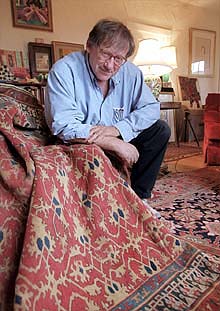

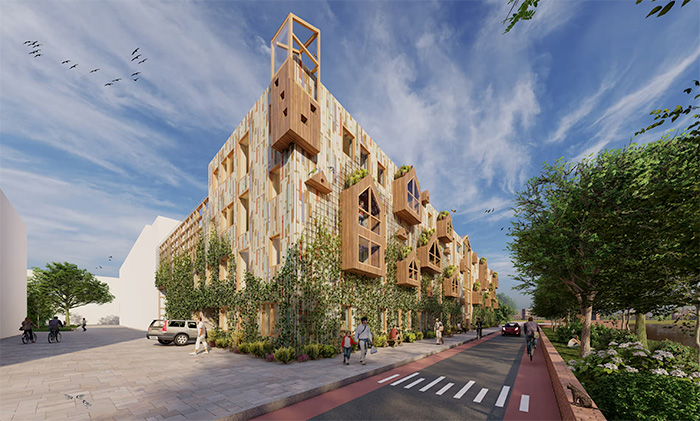
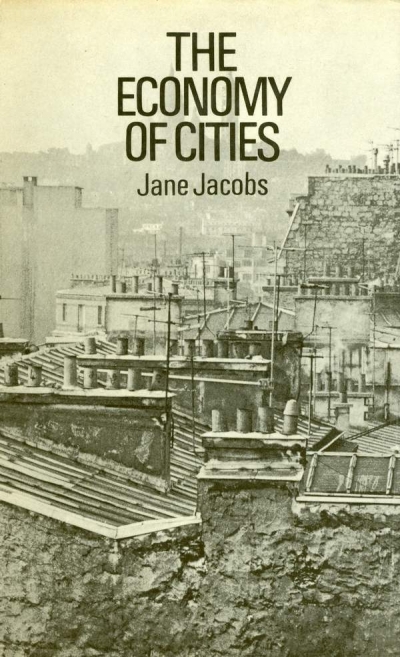
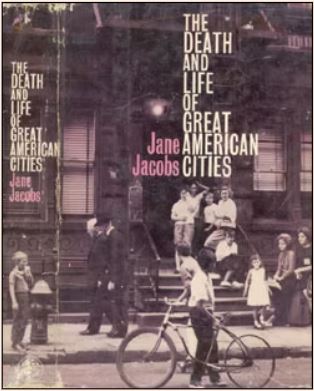
Reacties